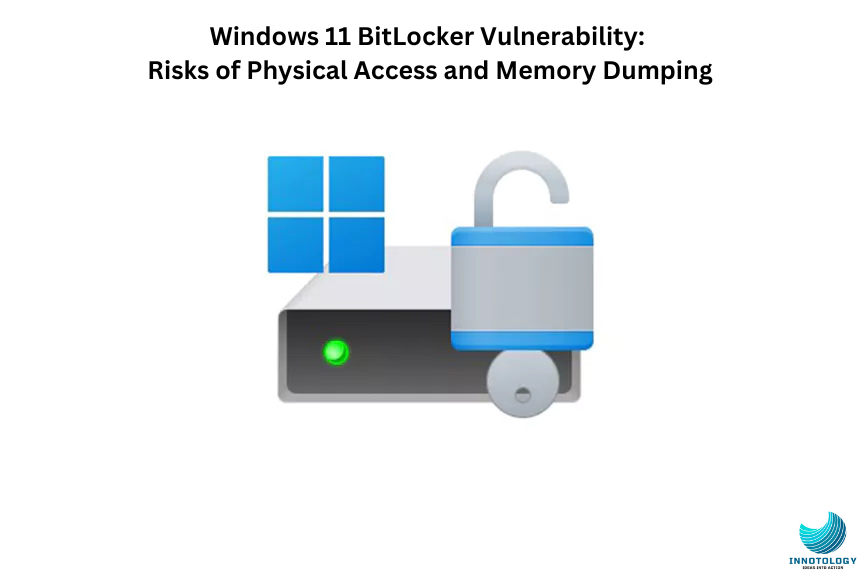Researchers have successfully showcased a technique to circumvent the BitLocker encryption in Windows 11, allowing them to extract Full Volume Encryption Keys (FVEKs) directly from the system’s memory. This vulnerability highlights significant risks associated with physical access attacks and points to potential flaws in the mechanisms designed to protect memory.
The attack focuses on capturing the data stored in a computer’s RAM while it is operational. If an attacker gains physical access to a device, they can force a restart, allowing them to dump the memory and retrieve sensitive data, including Full Volume Encryption Keys (FVEKs). This technique exploits the temporary storage of encryption keys in memory during system operation.
However, the technique is not flawless. RAM data quickly deteriorates once power is lost, so it is essential to minimize downtime. To reduce this degradation, researchers suggest that attackers could use methods like cooling the RAM physically or keeping the power supply intact with external sources.
In one example, the attacker shorted the reset pins on the motherboard to reboot the system without interrupting the power, thereby maintaining the memory’s integrity.
Read More: Broadcom Loses VMware Client: Beeks Group’s Shift to Open Nebula
Techniques to Disable or Bypass Secure Boot
Secure Boot is a security protocol created to block unauthorized software from executing during the startup process, adding an extra layer of defense.
Nevertheless, it has identified weaknesses and can be circumvented through techniques like shims or other exploits. These methods enable attackers to load custom tools for analyzing memory.
Comprehensive Step-by-Step Attack Procedure
Create a Bootable USB Device: Prepare a USB drive, larger than the system’s RAM, with specialized software to collect memory dumps, making it bootable.
Abruptly Restart the Target System: Restart the target system suddenly at a crucial point—like during the Windows loading process, but before the login screen appears—to capture encryption keys stored in memory.
Boot from USB: Boot the system from the USB drive, launch a custom UEFI shell, and run tools to extract memory contents.
Analyze Memory Dumps: The dumped data is examined with tools such as xxd and searchMem to find cryptographic keys that are stored in designated memory pools.
Cryptographic Key Retrieval
The FVEK key was located within certain Windows kernel memory pool tags, such as dFVE, which is associated with BitLocker’s crash dump filter module (dumpfve.sys). This tag consistently displayed encryption keys accompanied by metadata that specified the encryption algorithm in use, such as XTS-AES-128.
This vulnerability illustrates that even sophisticated encryption systems like BitLocker are susceptible to physical access attacks. Although Microsoft implements measures such as key destruction during shutdown, certain conditions can leave residual keys in memory.
Risk Mitigation Strategies
- Users should activate hardware security features such as Trusted Platform Module (TPM).
- Organizations must adopt physical security protocols to safeguard against unauthorized access.
- Microsoft may need to improve key management practices to minimize risks associated with volatile memory exposure.
This finding highlights that no security system is completely invulnerable, especially when physical access is a factor.
- Windows 11 BitLocker Vulnerability: Risks of Physical Access and Memory Dumping - January 2, 2025
- Architecting Secure and Scalable Storage with Amazon S3 - December 18, 2024
- Broadcom LosesVMware Client: Beeks Group’s Shift to Open Nebula - December 12, 2024

